The Rondo neighborhood of St. Paul, Minnesota was the place to be if you were African American and looking for a place to call home with churches, businesses, and good schools. The area was most prominent during the late nineteenth century and early twentieth century.
The neighborhood was a safe haven for blacks and immigrants. Its namesake, Joseph Rondeau, moved there in the late 1850s from a site close to Fort Snelling, where he had faced discrimination due to his wife’s mixed white and indigenous heritage. French Canadian immigrants followed Rondeau to the area in the late nineteenth century.
By the 1910s and 1920s, Rondo experienced a social and cultural boom. The city’s entertainment and media were flourishing. Black newspapers including the Appeal and the Northwestern Bulletin, were providing the community with the news and keeping them informed.
Supported by the booming railway industry and local businesses, Rondo’s black families were upper-middle and middle class as well as working class.
In the 1930s, plans to link a highway for the business districts of downtown St. Paul and Minneapolis threatened life as Rondo knew it. After World War II, city engineers chose St. Anthony Avenue as the route. This street was located between University Ave and Marshall Avenue, and went all the way to Minneapolis. When the Federal Aid Highway Act of 1956 promised funding, it set in motion plans to lay down the freeway through the heart of the Rondo area.
However, in September of 1956, when construction began, many residents of Rondo refused to leave. Police went in and forcibly removed Reverend George Davis from his home when he refused to evacuate and make way for wrecking crews. Construction proceeded, however, and I-94 opened in 1968.
sources:
http://www.mnopedia.org/place/rondo-neighborhood-st-paul





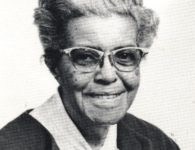



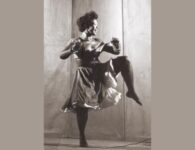
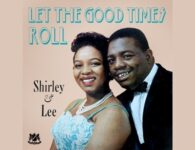
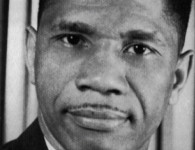


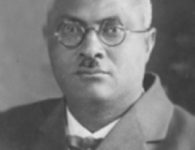
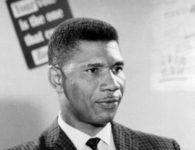




No comments